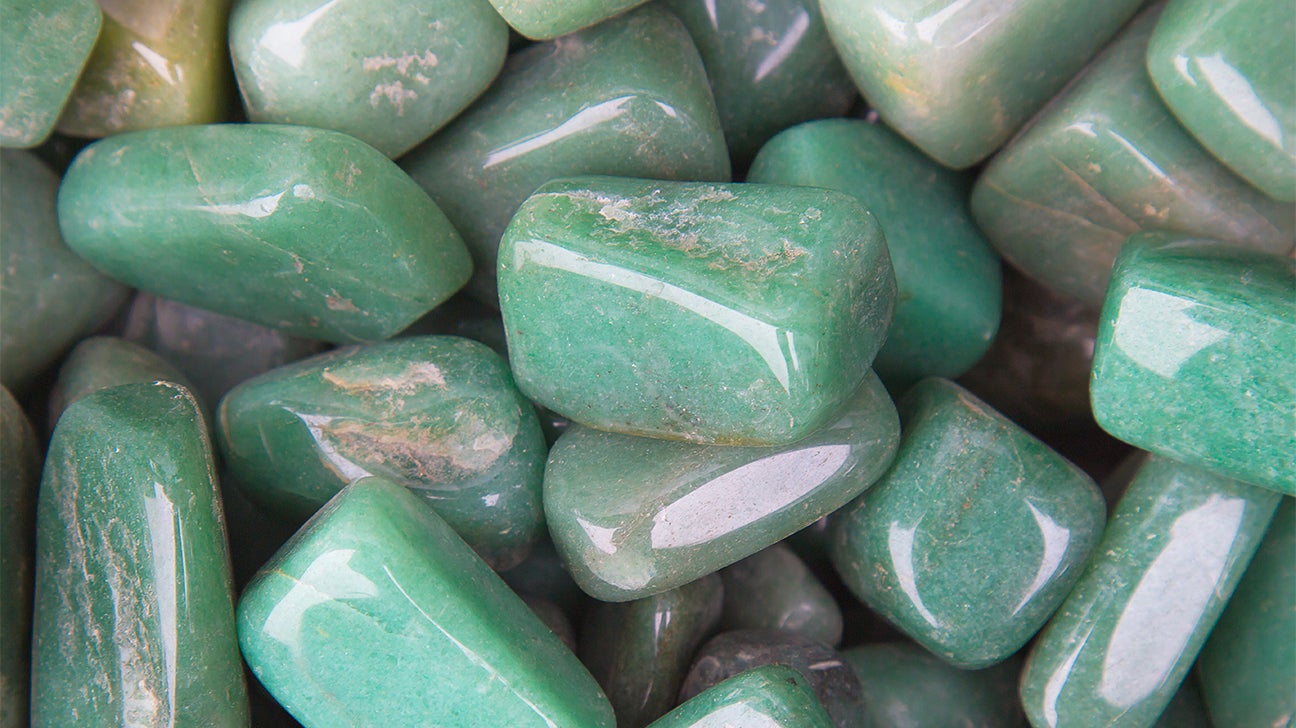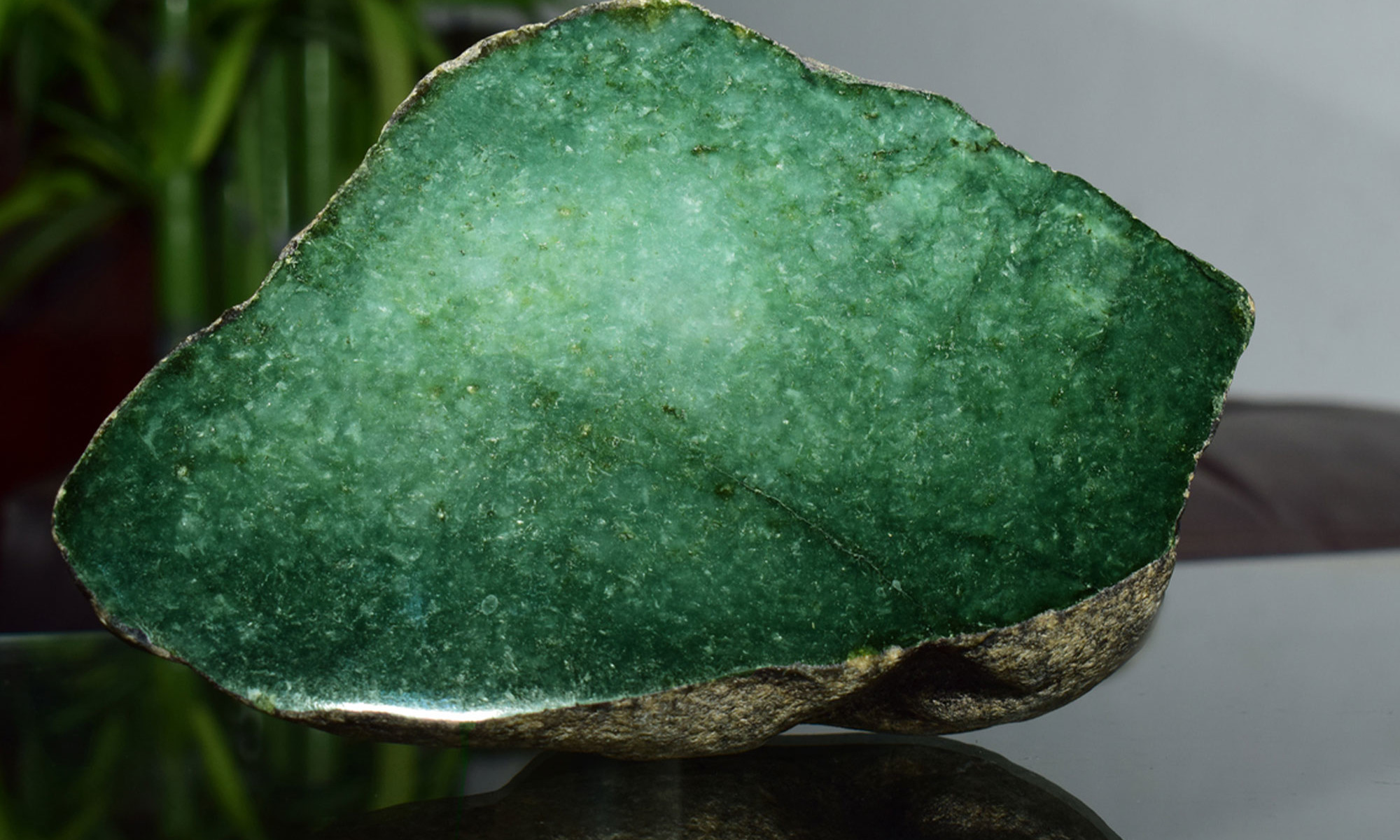AI-Generated Content
This article has been created using advanced AI technology to provide you with informative and engaging content.
AI-Curated Resources:
Have you ever wondered about the secrets behind shaping beautiful jade? It's a fascinating process, really, with a lot of different ways folks go about it, depending on what they're trying to do and where they happen to be. There are some interesting ideas about the tools people use and what helps those tools work best, especially when we're talking about bigger pieces of equipment.
It seems that for many of the larger tools, the kind that have a wide cutting edge, say, bigger than ten inches across, people often think they are made to work with a special kind of liquid. This liquid, a type of oil, helps the cutting action and also keeps things clean, which is pretty important for a smooth operation. It’s a common approach for those who work with these materials in a more structured setting, you know.
But then, there are other ways people approach this work, especially those who might be out in nature, cutting jade right where they find it. These folks, you see, often use plain water instead of oil, which is a bit different from what you might expect for jade. Interestingly, they often use methods and tools that are more commonly associated with breaking down very hard stone, like granite, which is a whole other kind of rock. It makes you think about how different situations lead to different solutions, doesn't it?
- Bobby Lashley Wife
- Linda Ronstadt Children
- Project X Party True Story
- Rated G Movies On Disney Plus
- Funniest Impractical Jokers Episodes
Table of Contents
- What is the Big Deal with Jade Castrinls Cutting?
- The Role of Lubricants in Jade Castrinls Processing
- Why Do Some Jade Castrinls Cutters Use Water?
- Understanding the "Bush" Approach to Jade Castrinls
- Comparing Oil and Water for Jade Castrinls Work
- Are There Different Types of Jade Castrinls Blades?
- How Does Granite Cutting Relate to Jade Castrinls?
- The Practical Side of Jade Castrinls Shaping
What is the Big Deal with Jade Castrinls Cutting?
Jade, you know, is a stone that people truly value. It has a reputation for being quite tough, not in the sense of being brittle, but rather in how it resists being broken or chipped. This quality means that working with jade, especially when you need to cut it into specific shapes or sizes, calls for particular care and the right kind of tools. When we talk about "jade castrinls" cutting, we are really talking about the special ways people go about slicing and shaping this particular stone. It’s not like cutting a piece of wood or even softer rocks; jade asks for a lot from the tools and the person doing the work, too it's almost.
The very nature of jade means that any tool used to cut it needs to be very sturdy and capable of handling significant resistance. The cutting surfaces on these tools, which are usually made of something very hard, like diamond particles, need help to do their job without getting too hot or getting clogged up. This is where the idea of using a liquid to help comes into play. It helps keep the tool cool and also helps carry away the tiny bits of stone that come off during the cutting process. Without this help, the tool would get hot very fast, and it might not cut as well, or it might even get damaged. So, you see, the method matters a great deal for jade castrinls.
Think about it, a stone that has been prized for ages, used in art and jewelry, it certainly deserves a process that treats it with respect. The techniques people use for cutting jade have been passed down and changed over time, with new ideas coming into play as tools get better. But the basic needs remain: a way to make the cut, a way to keep the tool working well, and a way to get a nice finish on the stone. This is the core of what makes working with jade castrinls a topic worth talking about, in a way.
The Role of Lubricants in Jade Castrinls Processing
When someone uses a tool with a wide cutting surface, especially one that is bigger than ten inches across, there's a good reason why they often choose a specific type of liquid to help. This liquid, which is often an oil, does a couple of very important jobs. First, it helps to keep the cutting surface from getting too hot. When a tool rubs against a hard stone like jade, a lot of warmth gets made, and if that warmth builds up too much, it can hurt the tool or even the stone. The oil helps to carry that warmth away, sort of like a cooling system for the cutting action, you know.
The other big job this oil does is to help clean the area where the cutting is happening. As the tool grinds away at the jade, tiny pieces of stone, a kind of powdery dust, get made. If this dust just stays there, it can get in the way of the cutting surface, making it less effective. The oil washes these small bits away, keeping the cutting area clear and letting the tool do its work without anything blocking it. This means the cut can be smoother and happen at a good pace. It's really quite important for the overall success of the jade castrinls work, I mean.
Choosing the right liquid for this kind of work is not something people do by chance. For bigger tools, where a lot of warmth can build up and a lot of stone dust can be made, oil is often the preferred choice because it does a very good job at both cooling and cleaning. It creates a good working environment for the tool and helps make sure the jade gets cut just right. So, the liquid used is a very big part of how these tools perform, pretty much.
Why Do Some Jade Castrinls Cutters Use Water?
It might seem a bit odd that some people cutting jade, especially those who are out in the wild or far from a proper workshop, choose to use water instead of oil. You see, water is much easier to come by in many places. If you are out in the bush, near a stream or a natural pool, getting water is a simple matter. Getting special cutting oil, on the other hand, might mean carrying it a long way or ordering it, which can be a real bother. So, for practical reasons, water just makes sense for many jade castrinls projects when you are in a remote spot, as a matter of fact.
Water also does a decent job of cooling the cutting tool and washing away the stone dust. While it might not be quite as good as oil for very fine cuts or for keeping the tool cool during very long periods of use, for the kind of work done in less formal settings, it often does the job well enough. People who work this way are often more focused on getting the big pieces cut from the ground rather than making very fine, detailed cuts right away. So, the benefits of using water, like its availability and how easy it is to deal with, often outweigh any small downsides for their particular needs, in some respects.
There is also the matter of what happens to the liquid after it has been used. Oil needs to be handled carefully, as it can be messy and might not be good for the natural surroundings if it just gets dumped. Water, especially if it is just natural water from the area, is much easier to let go of without causing problems. This makes it a more friendly choice for the environment when you are working outdoors, and it's something people who cut jade castrinls in nature often think about, naturally.
Understanding the "Bush" Approach to Jade Castrinls
When we talk about people cutting jade "in the bush," we are picturing a very different setup from a well-equipped workshop. These folks are often working close to where the jade is found, perhaps deep in a natural area, far from towns or places that sell special tools and liquids. Their methods are often shaped by what they can carry with them, what they can find nearby, and what tools are simply available to them. This often means making do with what is at hand, which can be pretty clever, you know.
The tools they use might not be the very latest models or the most specialized for jade. They might be using general-purpose cutting tools, perhaps ones meant for other hard materials. And the liquid they use to help the cutting, as we discussed, is usually water because it is free and easy to get. This approach is about getting the raw jade out of the ground or breaking down very large pieces into sizes that can be moved. It is a very hands-on way of working, often involving a lot of physical effort, basically.
This "bush" method of handling jade castrinls is often about getting the first rough cuts done. It is not about making the stone look pretty or ready for jewelry just yet. It is about reducing a big, heavy chunk of jade into smaller, more manageable pieces that can then be taken to a place where more refined work can be done. So, their methods are practical and focused on the first step of getting the material ready for further shaping. It's a very different kind of operation, to be honest.
Comparing Oil and Water for Jade Castrinls Work
When you put oil and water side by side for the job of helping to cut jade, you see that each has its own set of good points and things that are not so good. Oil, as we talked about, is generally very good at keeping things cool and carrying away the tiny bits of stone. It often leads to a smoother cut and can help the cutting tool last longer because it reduces the rubbing and warmth. For very fine work or when someone wants the best possible finish right from the start, oil is often the choice for jade castrinls. It helps to make a clean, precise cut, and that is often what people are looking for in a workshop setting, obviously.
Water, on the other hand, while not quite as good at cooling or cleaning as oil in some situations, has its own strengths. Its biggest advantage is that it is often very easy to get, especially if you are working outdoors. It is also much less messy to deal with and does not need special ways to get rid of it after use. For rough cutting, or when the main goal is just to break a big piece of jade into smaller ones, water does a perfectly fine job. It is a simple and effective choice for many situations, particularly when the work is happening far from a regular shop, you know.
The choice between oil and water for jade castrinls often comes down to the specific situation. If you have a proper setup, with good tools and a way to handle the oil, then oil might be the way to go for its cutting benefits. But if you are working out in nature, with simple tools and a need to be practical, water is often the best answer. Both liquids help the cutting process, but they fit different needs and different ways of working, in fact.
Are There Different Types of Jade Castrinls Blades?
<AI-Enhanced Visual Content


